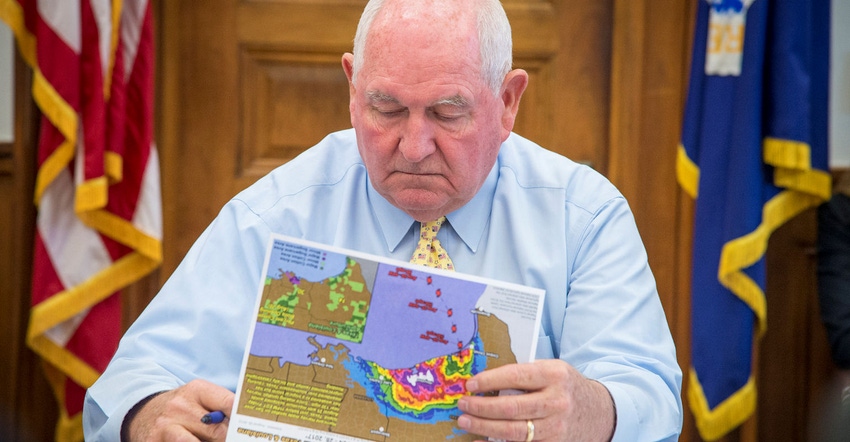Subscribe to Our Newsletters
Feedstuffs is the news source for animal agriculture
Budget Act provides more than $3 billion for hurricane and wildfire disaster relief by creating new programs and expediting or enhancing payments for producers.
April 6, 2018

You May Also Like